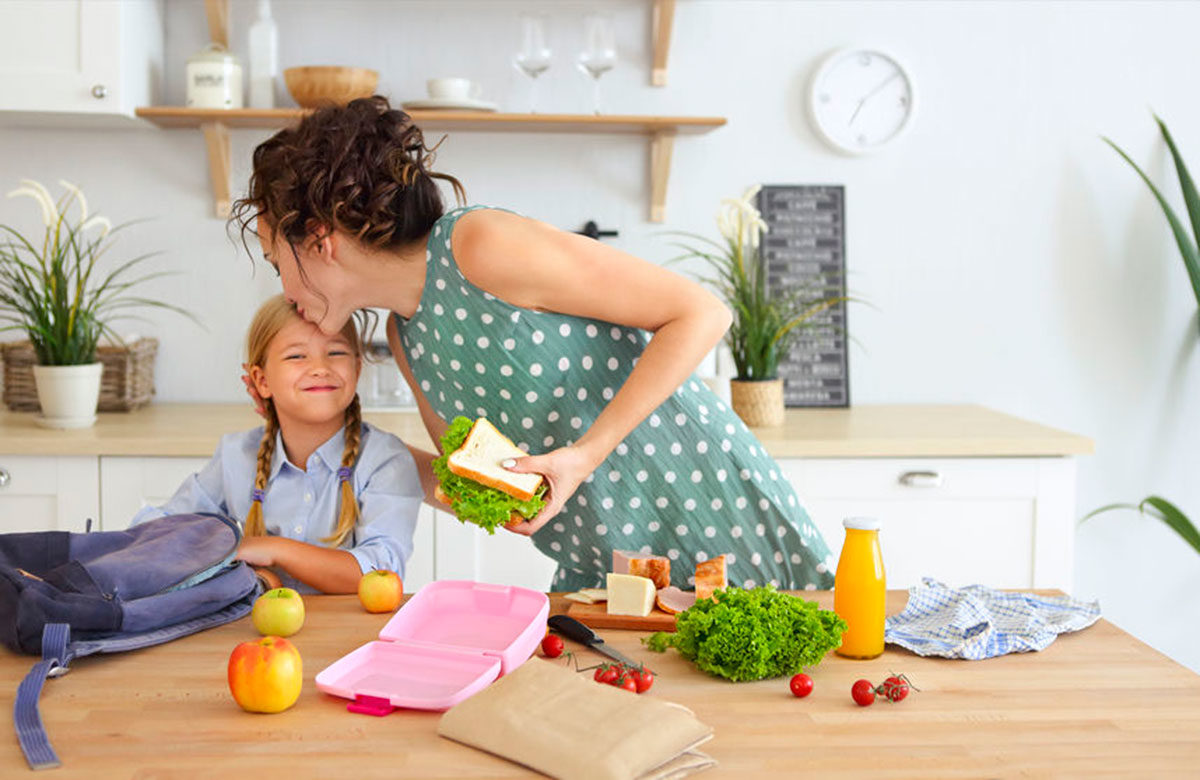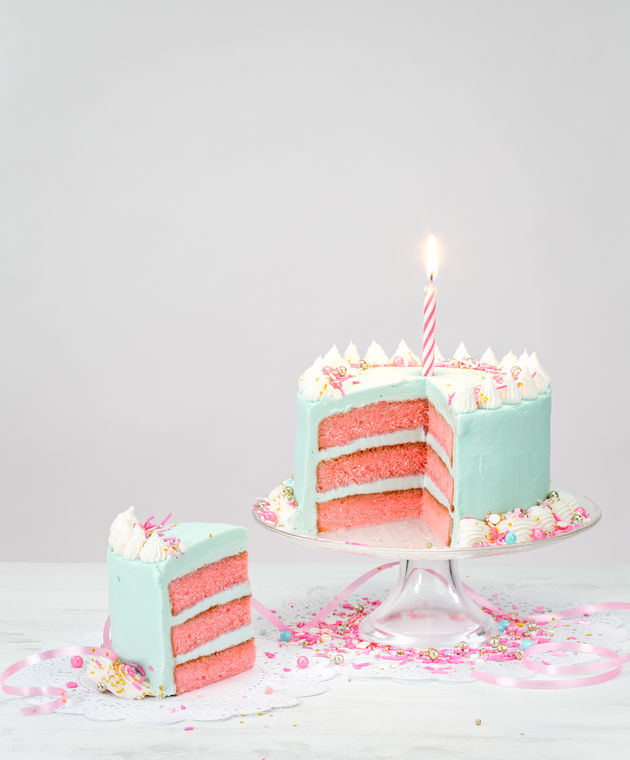You’ve had a long day and you finally climb into bed. Just as you take a few deep breaths and your body starts to relax, your mind revs up with a long list of all the things you forgot to do.
Does this sound familiar?
One of the biggest frustrations I hear from my clients is that they can’t seem to shut their brain off when it’s time.
I know for myself when I tried to calm my racing thoughts I made some big mistakes that led me in the wrong direction and resulted in more frustration and wasted time. So, I’m going to save you all that and tell you what I do now instead.
I went through this myself and the first mistake I made, is I thought that having a busy and out of control mind was normal. I thought that this was just how it was for busy entrepreneurs and that this is something I’d have to deal with for the rest of my career.
Which led me to make a 2nd big mistake which was pushing through. Because I thought that having racing thoughts and a hard time concentrating was normal, I’d resolved to push on and grind through my work, even when I wasn’t feeling well mentally.
I thought that if I could just focus more, maybe block out some distractions that I’d be able to get my work done anyway. I’d will myself to sit at my desk and get my work done. But if you’ve ever tried to problem solve when you’re feeling scatter brained you know that’s just an exercise in frustration.
Pushing through when you really do need a break only increases the amount of stress on your body. It keeps you in the fight or flight side of your nervous system and makes your body more acidic and prone to disease and infection. This is not a good solution over time, and it doesn’t feel good in the moment either.
My 3rd mistake came when I decided to try to do something about my racing thoughts. This is where meditation came in. When I’d be feeling flustered and scatter brained on a busy day, I’d set a timer for 10 minutes and try to get myself to sit still and be quiet, thinking this would calm my mind.
If you’ve ever tried to go from 100 miles an hour down to 0, you know this is not easily done. I would end up fidgeting, focusing back on my to-do list and the mental spirals would start again. Only this time they’d feel worse because I tried to do something about it and failed.
Finally I realized I wasn’t honouring what my body needed in those moments. I realized that I had so much energy coursing through me and my mind was so active, I needed an outlet for that energy, rather than to try to settle it down. I needed to MOVE. So that’s what I’ve learned to do now instead.
When you’re having a day where you feel like your mind is going in a million different directions, give yourself permission to get up from your desk and move. It doesn’t have to be much, but taking a walk, stretching, or doing a few yoga poses would help.
Here’s why this works… mental energy is similar to pent up physical energy. When you keep it contained it’s going to feel like a lot of pressure. But when you allow that energy to release through movement you relieve that pressure and change your mental and emotional state.
Try getting up and moving your body the next time you’re feeling mentally overwhelmed and let me know how it works for you.





